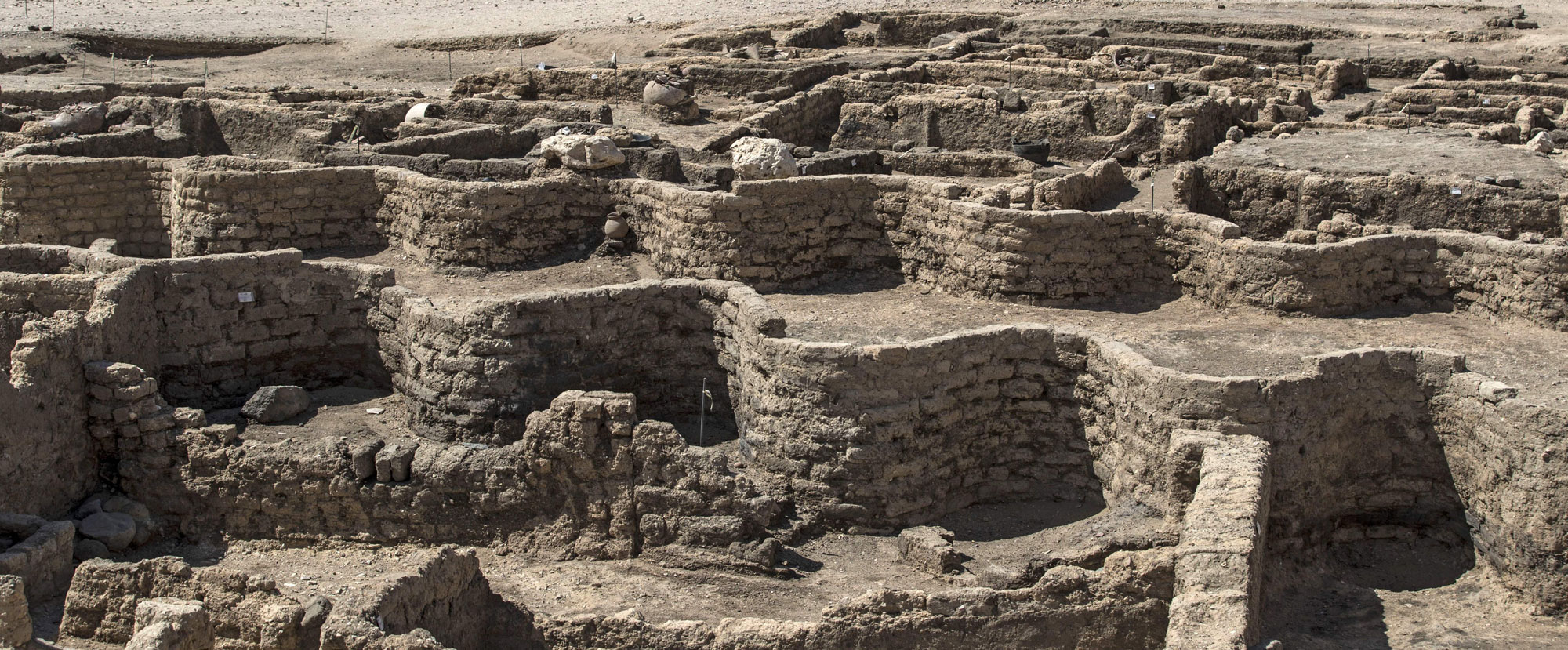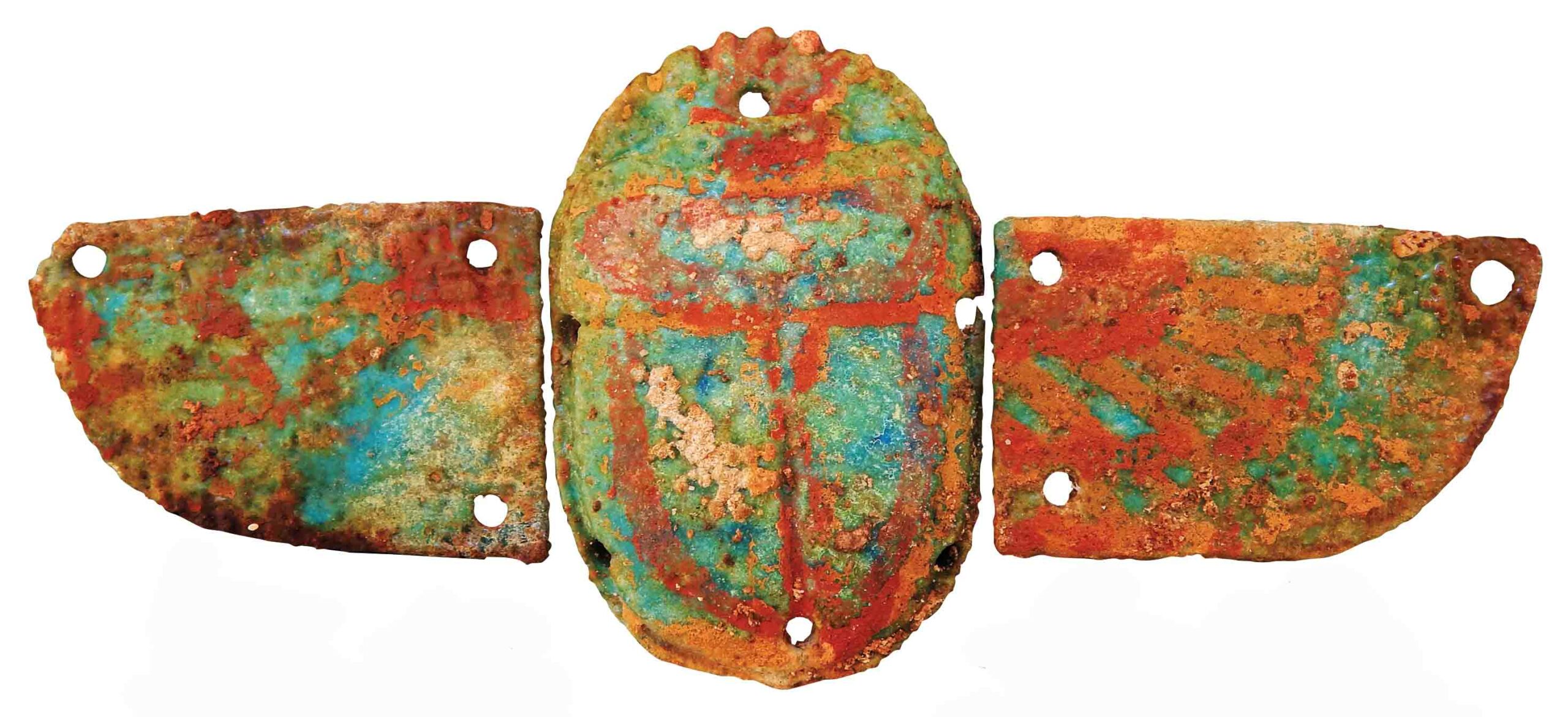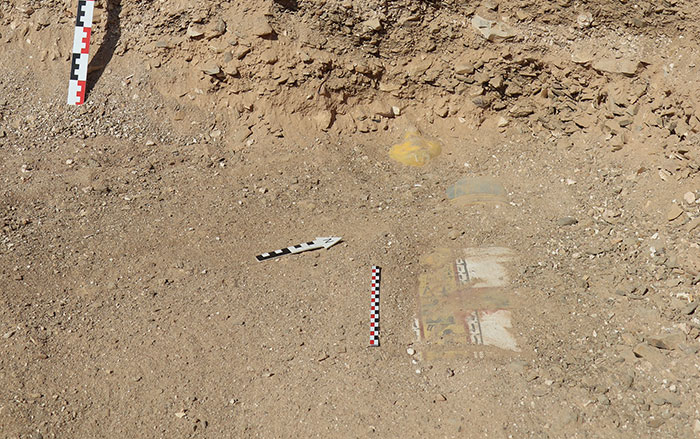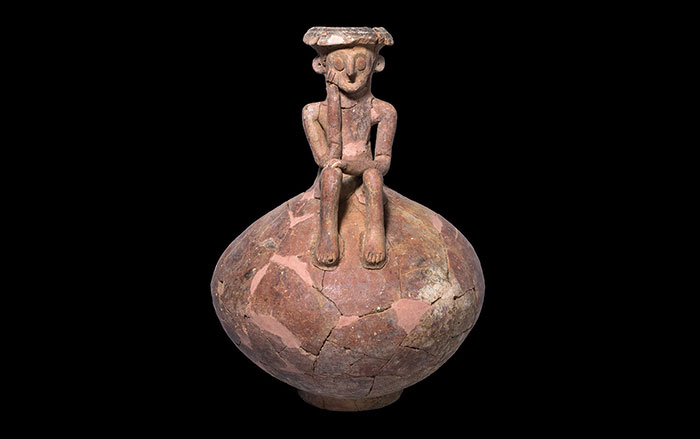
LUXOR, EGYPT—Ahram Online reports that a cache of 3,900-year-old embalming materials has been recovered in the courtyard under the tomb of Ipi, a 12th-Dynasty vizier of Thebes, by a team of researchers led by Spain’s University of Alcalá. The deposit, which had been covered with sand in Deir El-Bahari, included inscribed pots and bowls, bandages, oils, scrapers, a shroud, wide sheets of linen, small pieces of cloth for wrapping fingers and toes, and a mummification board bearing the ankh symbol. All of the materials are thought to have been used during Ipi’s mummification. “The identification of these materials is of great importance for understanding the mummification techniques used in the early Middle Kingdom and the assessment of the kinds of items, tools, and substances involved in the process of embalming,” said Antonio Morales, head of the Spanish mission. The team has also identified what appears to be the vizier’s mummified heart. The jars were discovered in the early 1920s by American Egyptologist Herbert Winlock and left in situ. For more on archaeology in Egypt, go to “The Great Parallelogram.”










